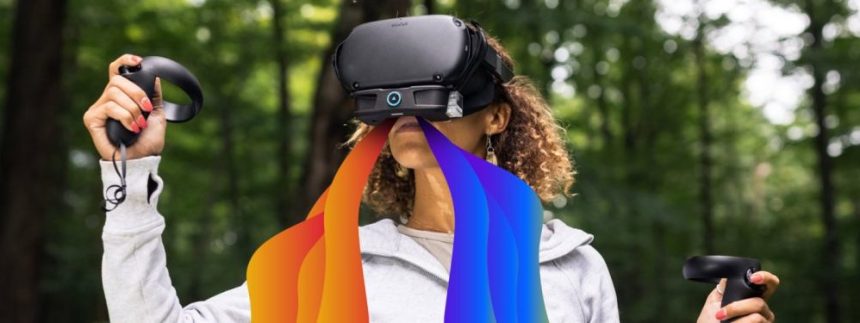Researchers have managed to integrate scents into virtual reality
 A team of engineers led by researchers from the City University of Hong a compact, wireless device to generate odors. The olfactory feedback system will help integr Kong has developed scents into virtual and augmented reality applications such as 4D movies, medical devices and distance learning services.
A team of engineers led by researchers from the City University of Hong a compact, wireless device to generate odors. The olfactory feedback system will help integr Kong has developed scents into virtual and augmented reality applications such as 4D movies, medical devices and distance learning services.
Traditional systems that attempt to integrate odors into a virtual environment require a separate room or bulky equipment. Engineers have developed a wearable system that works with a wireless signal. The device prototype is assembled in two versions, both of which work on the basis of soft, miniature and lightly aromatic substrates.
The first solution is a small device that resembles an adhesive bandage. it is applied to the skin above the upper lip. It consists of two odor generators. The advantage of such a solution is the extremely short distance and high-speed transmission of the olfactory signal.
The second is a flexible face mask. In the case of the latter, nine odor generators are used, which together can create hundreds of different aromas. The principle of operation of odor generators is based on a thin heating platform and a mechanical heat engine. When heating and melting scented paraffin on such a device, different odors of adjustable concentration are turned off, and to stop the effect, it is enough to cool the heat engine.
Using different paraffin waxes, the researchers created a total of about 30 different flavors, from herbal rosemary and pineapple to baked sweet pancakes. In tests on volunteers, researchers have shown that people correctly identify scents with an average rate of 93% .
Smell plays an important role in human perception, the authors of the work note. Various virtual reality applications, from entertainment to learning and research, will not be able to create a full immersion effect without the influence of smells. Using compact generators can solve this problem.